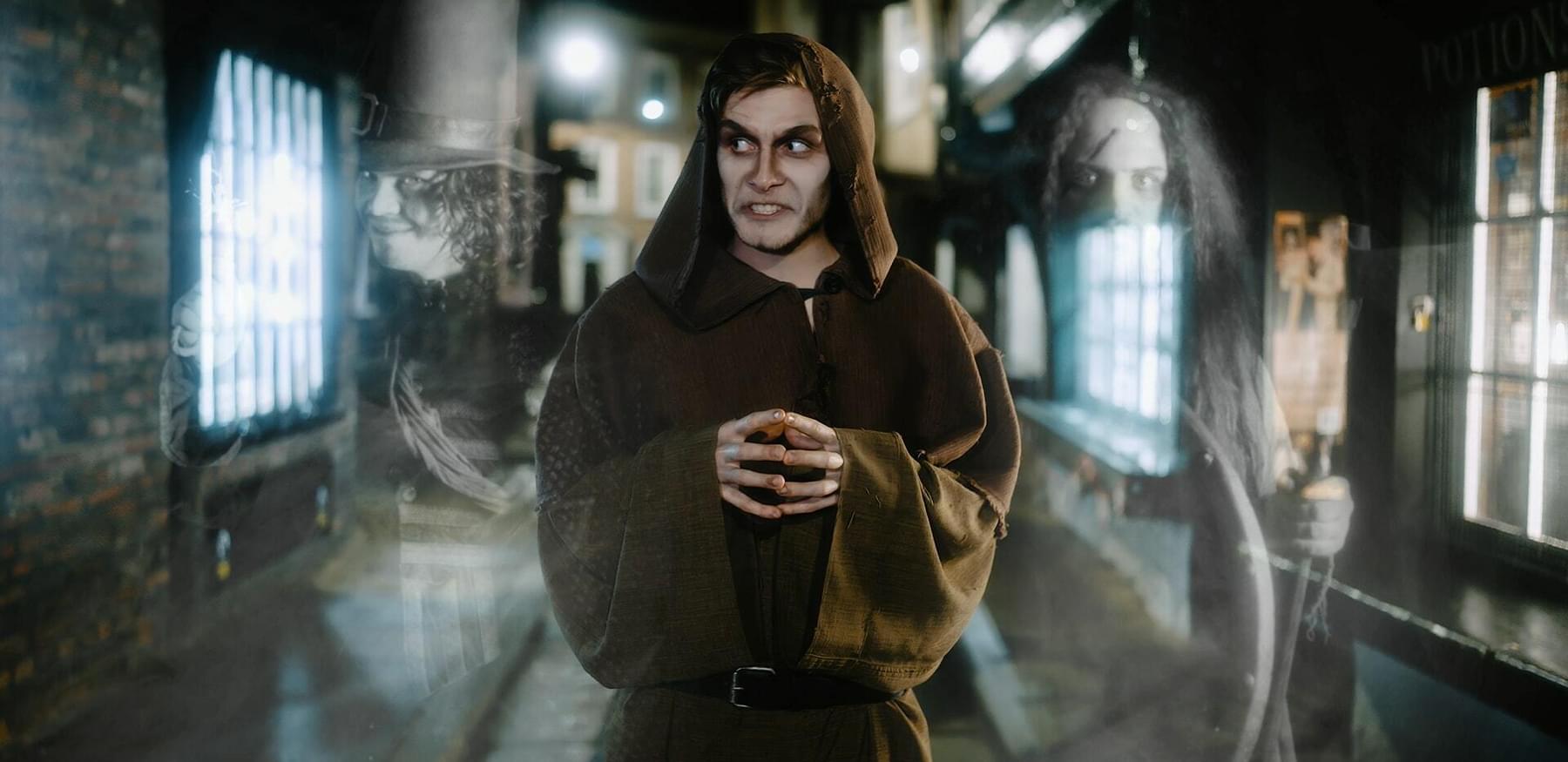York is a city with a dark past, its history is rife with tales of guts, gore, torture and ghosts. The International Ghost Research Foundation once even declared York as the most haunted city in Europe due to its bloodstained history and over 500 hauntings within the ancient city walls.
Founded by Romans in 71AD the city's violent and volatile history – including Viking invasions, the Norman Conquest and the Civil War – makes its sinister legacy easy to understand. Sometimes it seems as though a ghostly figure with a score to settle is in residence in just about every street or ginnel. Read on and find out why it is called “Haunted York”.
Legendary Roman Legionnaires
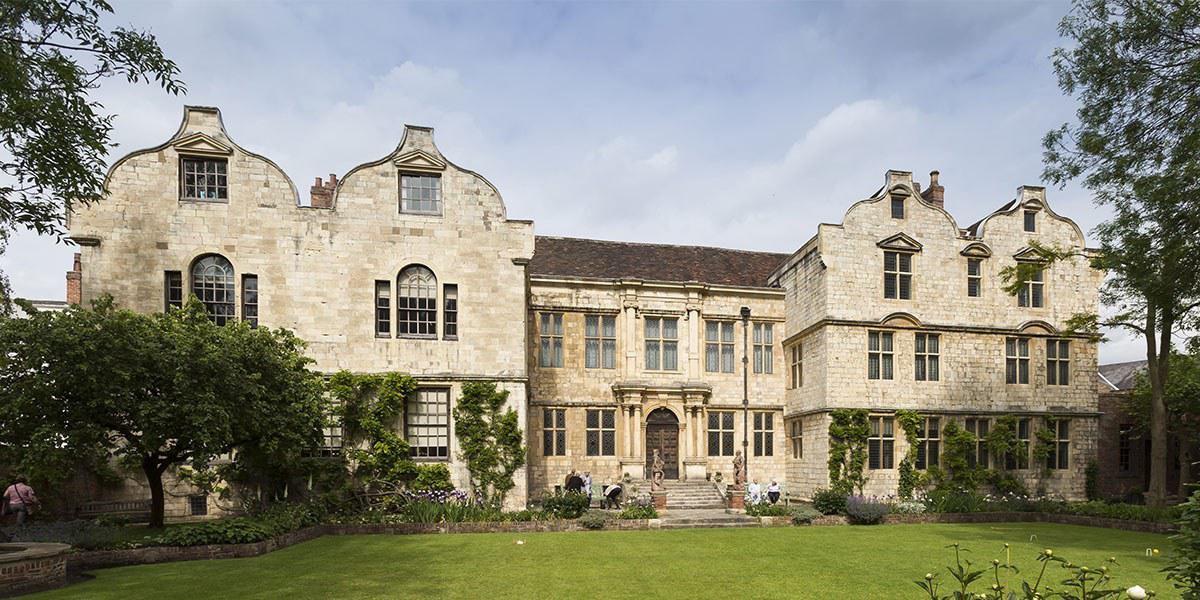
The tale goes, in 1953 an apprentice plumber was installing a new central heating system in the cellars of the Treasurer’s House. Suddenly he heard a distant sound of a horn. As the sound got louder, he soon saw a great carthorse emerging through the brick wall, ridden by a dishevelled Roman soldier which was followed by a legion of Roman soldiers. The ghostly battalion moved into a recently excavated area showing that they were walking on an old Roman road - the Via Decumana - buried 15 inches below the surface.
When the bewildered plumber scrambled upstairs the curator of Treasurer’s House did not seem surprised and simply said “You’ve seen the Roman soldiers, haven’t you?”. You can visit the cellars of the Treasurer’s House to search for the ghostly legionnaires.
Ever walked down Mad Alice Lane?
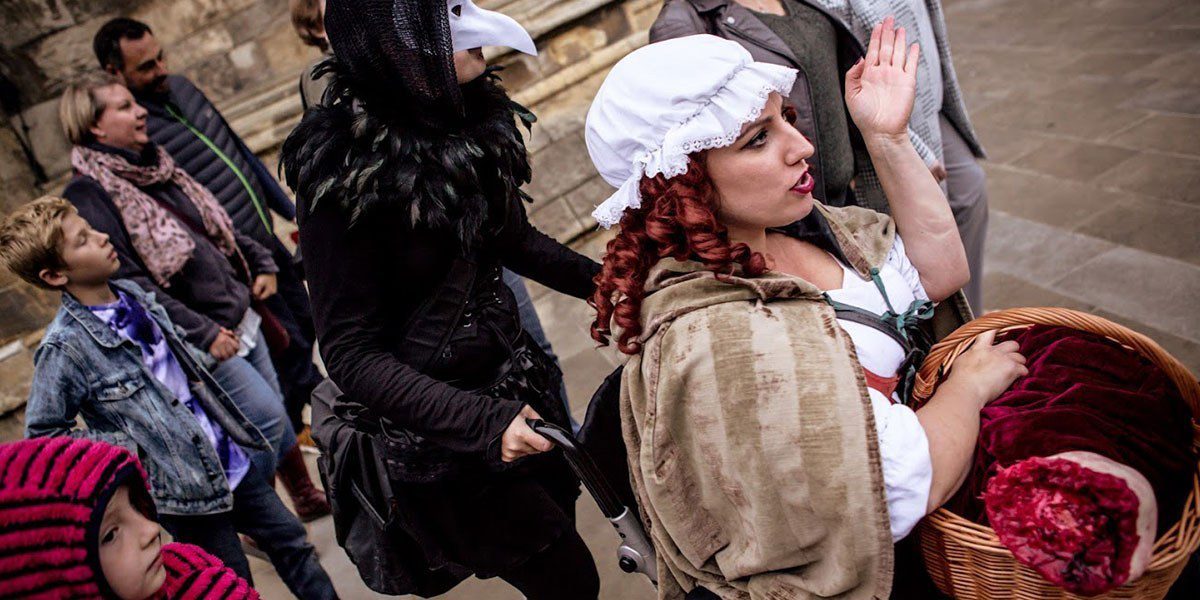
More of an urban legend than a confirmed fact, Mad Alice Lane (now known as Lund’s Court linking Swinegate and Low Petergate) was named after Alice Smith who lived in the lane until 1825.
That same year she was hanged at York Castle for the perceived crime of insanity, after murdering her husband for beating her remorselessly numerous times. Some say you can sometimes spot her face in one of the windows looking down over the lane. Follow the modern day Mad Alice in the city's spooktacular ghost tours.
Ghost of a Grey Lady - a good luck charm
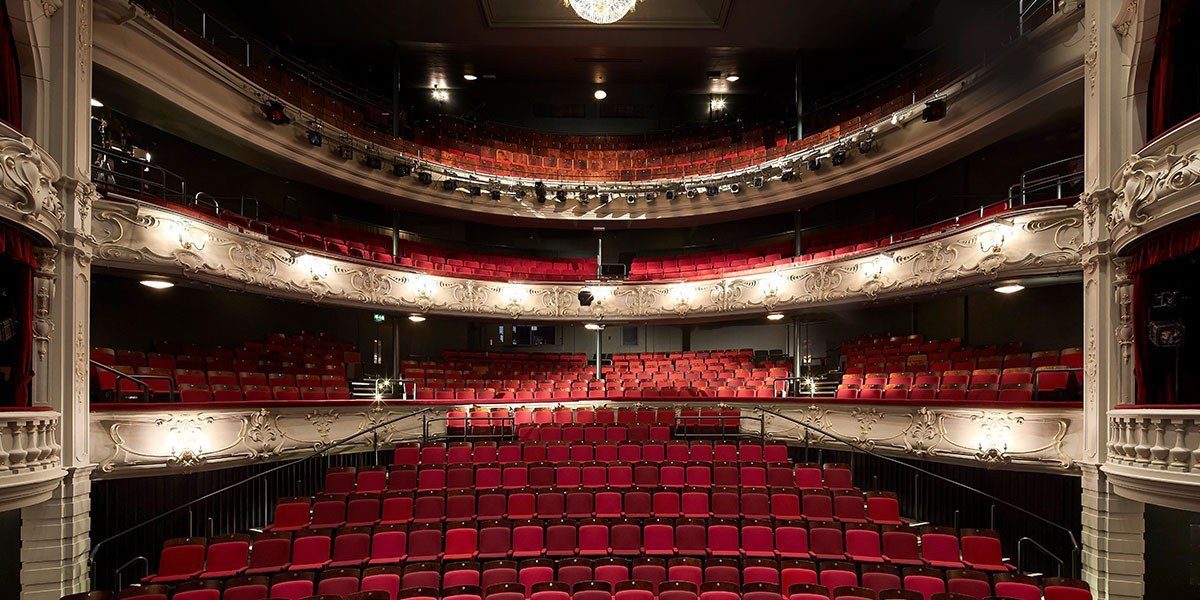
Almost every historic theatre has a ghost story, and the Georgian York Theatre Royal is no different. It is said that a room behind the dress circle is haunted by the ghost of the Grey Lady. The story says that this room was once part of St Leonard's Hospital ran by an order of nuns.
One young nun fell in love with a nobleman and the pair became lovers. The scandalous behaviour was soon discovered and in punishment she was thrown into a windowless room that was bricked up with no escape. A gruesome tale, but apparently if the nun in her grey habit is spotted in the dress circle, it’s a good omen for that night’s production at the theatre.
Haunted pubs of York
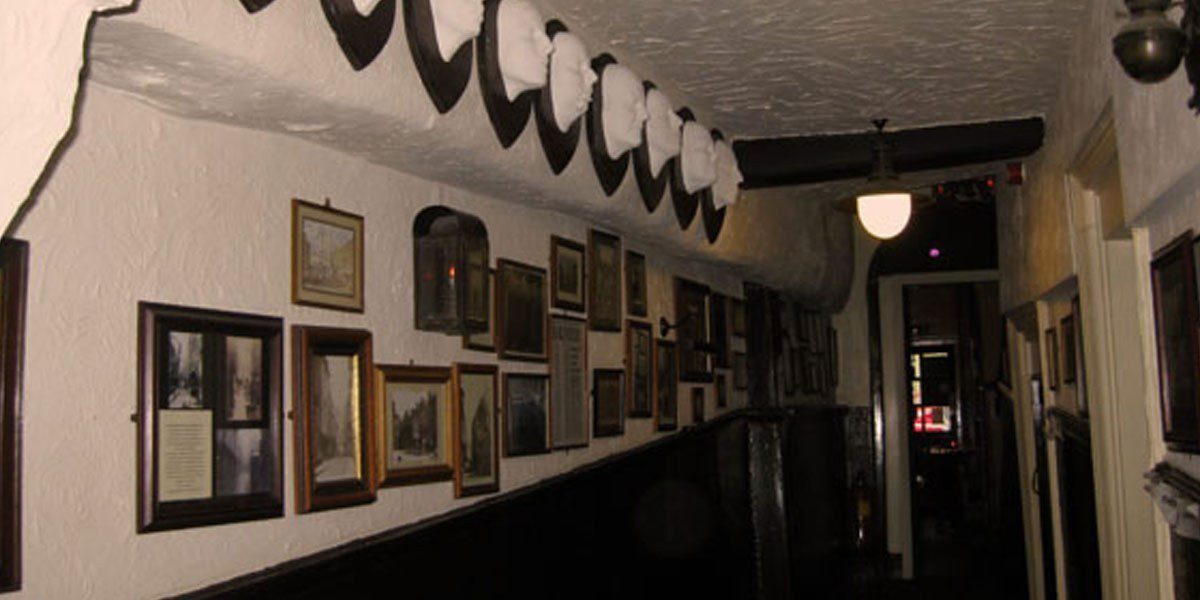
Numerous haunted pubs hold tales of spectral encounters, and one such establishment boasts a roster of more than 15 restless spirits. Among these ethereal inhabitants, the most renowned is the ghostly presence of Lady Anne Peckett, once the spouse of York's Lord Mayor, John Peckett.
Visitors have reported witnessing her apparition wandering through the pub's corridors, mysteriously rearranging objects, and gliding gracefully up and down the staircase. Lady Anne's spectral companions within York's haunted pub community include One Eyed Jack, a mysterious figure sporting an eye patch and clutching a pistol. Additionally, there is an enigmatic grumpy old man, the nature of his grumpiness shrouded in mystery. Last but not least, a young boy, said to have met his demise beneath the hooves of carriage horses near the pub, also makes his spectral presence known.
For those seeking a thrilling experience, why not savour a pint at one of York's haunted pubsand try your luck at spotting one of these eerie apparitions?
Not your usual kind of bar
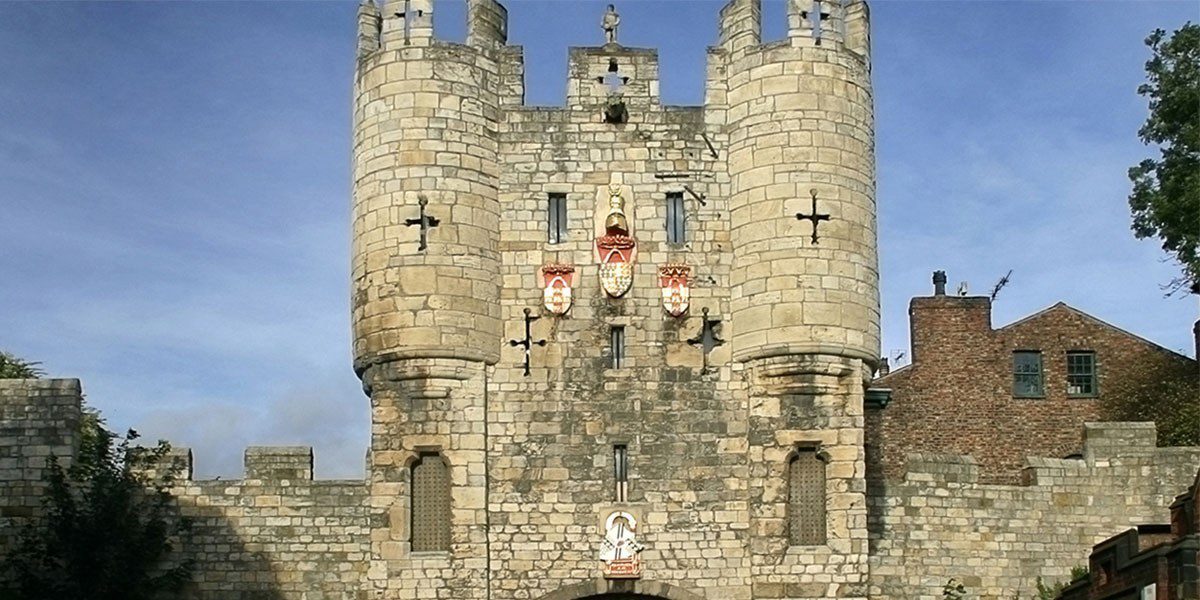
While Micklegate Bar, and Bootham Bar are on many tourists’ photographs of York’s medieval city walls – it wouldn't have been a popular photo opportunity in mid 14th and 15th centuries.
These were the places where heads were impaled on spikes after hanging, drawing and quartering, which was the punishment for traitors and rebels. With the practice beginning in the late 13th century, it was the prime punishment for treason then regarded as the worst and most unnatural of crimes (in Dante’s Divine Comedy, traitors are in the very lowest level of Hell). The heads would remain in place for years, no doubt gradually disintegrating on passers-by!
Burning “the Guy” at Bonfire Night
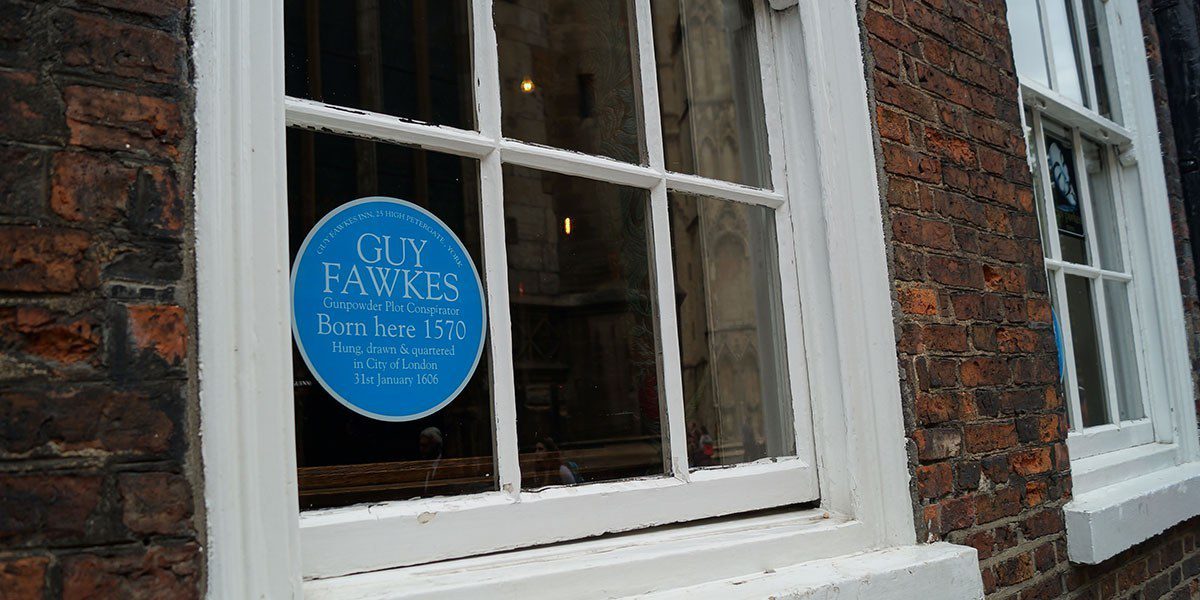
November 5th marks the anniversary of the Gunpowder Plot, a conspiracy to blow up the English Parliament and King James I in 1605. One of the notorious plotters was Guy Fawkes – born and raised in York. Today, the 5th November is known as ‘Firework Night’, ‘Bonfire Night’ or ‘Guy Fawkes Day’ and is still celebrated in England with fireworks and bonfires, on which effigies of the conspirator are burned.
The tradition of Guy Fawkes-related bonfires actually began the very same year as the failed coup, when Londoners joyfully lit bonfires in thanksgiving for the King’s safety. Soon, people began placing effigies onto bonfires, and fireworks were added to the celebrations. Effigies of Guy Fawkes, and sometimes those of the Pope, graced the pyres. Some children even keep up an old tradition of walking in the streets, carrying "the Guy" they have just made, and beg passers-by for "a penny for the Guy." The children use the money to buy fireworks for the evening festivities.
More Blogs
You may also like

Team Building at The Grand, York

Russell Howard: Don't Tell The Algorithm
York Barbican

